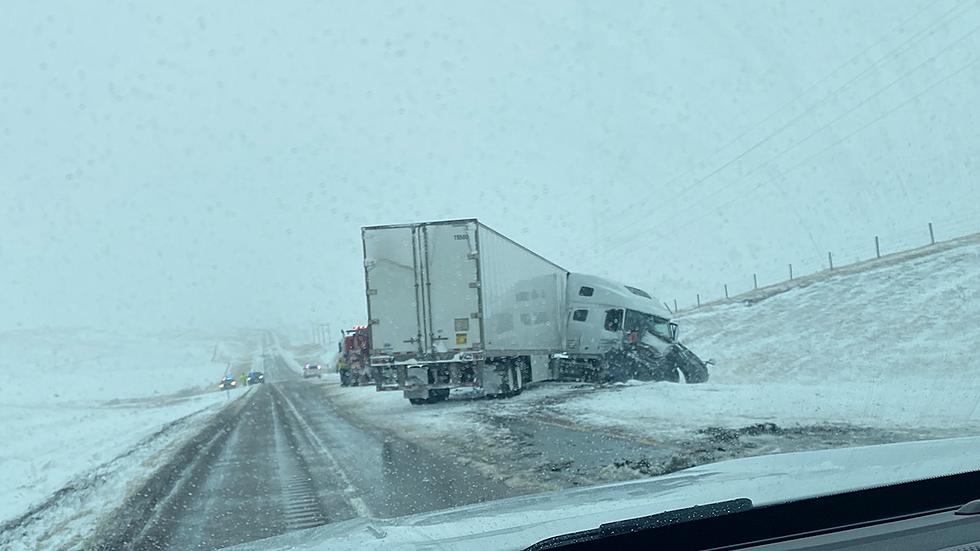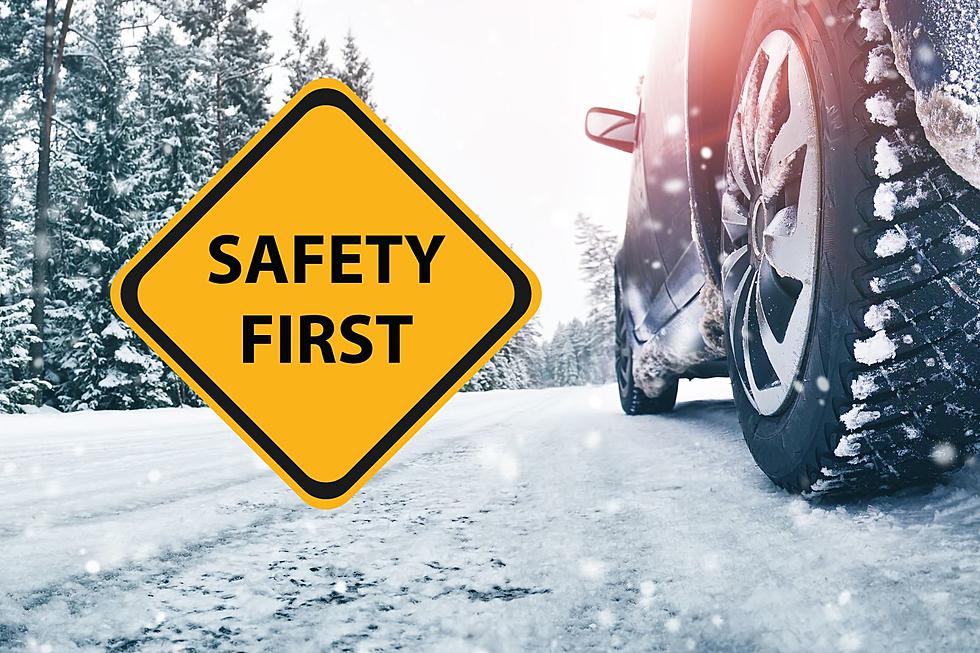
Brace for it Montana, The Cold Is Here for a While
Breaking News: I-94 is closing as of 4 p.m. Tuesday from Billings to the Montana/ North Dakota state line due to extremely heavy snow fall. This news just came in shortly before 4 from the Montana Highway Patrol.
ORIGINAL POST
The photo above (taken near Stanford) is a common scene across roughly 2/3 of the state of Montana on Tuesday.
Even the national website The Drudge Report was linking to an Accuweather story Tuesday morning talking about an historic April blizzard set to pummel the Northern Tier of the United States- specifically Montana and North Dakota.
When we caught up with Dan Borsum from the National Weather Service Office in Billings, Montana around 630 Tuesday morning, Red Lodge had already gotten eight inches of snow.
He told us what happened overnight to set the conditions on the roadways:
Dan Borsum: There's one particular thing that happened overnight, which is particularly hazardous, in that we got that early snow but the temperatures are falling- it's now 19 degrees out there. And that moisture is sitting on top of ground that's 42 degrees. So it's trying to melt. Meanwhile, the earth is trying to freeze it and now we're covered with snow. People cannot see what those roads look like when they're driving on them.
As for the cold temperatures...
Dan Borsum: We're going to be cold tonight. We're going to be seeing temperatures around 10 degrees. We're going to be seeing temperatures in the single digits Thursday morning. We've never seen temperatures that low in mid-April before. And this cold is going to persist into the weekend. So we are really back into full-on winter mode and hopefully people are taking it seriously and doing the precautions they need to take to keep themselves safe.
What about the really big predictions for what is heading to North Dakota?
Dan Borsum: There's parts of North Dakota 30 inches of snow are going to happen with this system and combine that with the blowing and drifting. It's going to be quite a miserable day and we're talking till Saturday Sunday before we maybe hit freezing temperatures and even then there's another shot of snow that may come across so you know what we didn't see in February what we didn't see in March. We're getting it now.
Full audio with Dan Borsum:
LOOK: The most expensive weather and climate disasters in recent decades
More From 103.7 The Hawk







